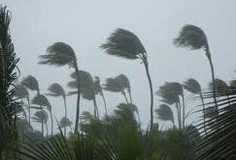
Accidents can happen anywhere, even in the home. Every home, and especially those with small children, should have a home first aid kit for accidents.
No one can predict who will be injured in the home. It may be an older child that must call for help. Inside every home first aid kit, then, include a detailed emergency contact list. Clearly write the phone numbers of community emergency services like 911, the police, the fire department, the local Poison Control Center, and the family’s doctor and pediatrician. Also consider including a list of phone numbers of relatives or friends who can help in a serious emergency. It is also helpful to include a list of each family members medications and medical conditions like food or insect allergies. Also list the contents of the home first aid kit so that it is always kept stocked and the medicines up-to-date. Discard expired medication. Keep these lists in a plastic report cover.
Choose a portable, durable container for the kit. Since the kit will be inside, it does not need to be waterproof. A tote bag or plastic tackle box or art box make excellent containers. Store the kit so that it is easily available to adults and older children, but out of reach of young children.
Home first aid kits can be personalized for each home, but all kits should contain the following supplies: bandages of various sizes, triangular bandages, gauze, adhesive first aid tape, scissors and tweezers, antiseptic ointment and wipes, hydrogen peroxide, cough medicine, antihistamine, decongestant, instant-activating cold packs, and safety pins.
The kit may also contain activated charcoal or syrup of ipecac if recommended by a medical professional.
To further protect the family, consider taking courses in first aid and learning CPR and the Heimlich maneuver.

Source by Max Bellamy
 Vitamin Agent The Health & Naturalistic Source
Vitamin Agent The Health & Naturalistic Source





